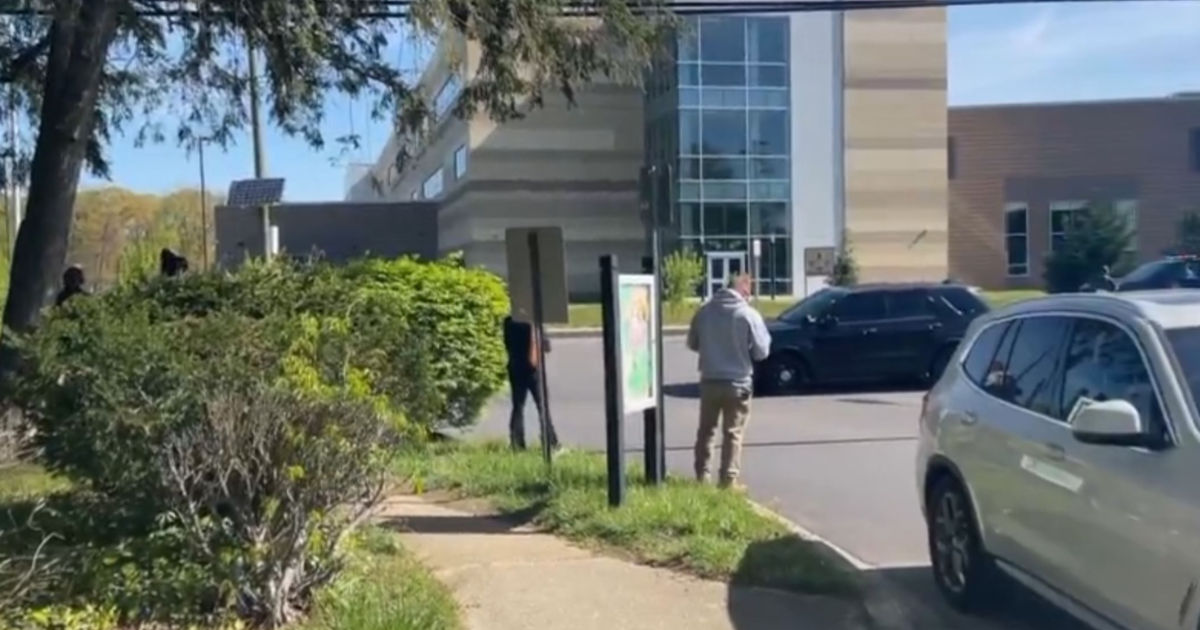Maryland Crime Reporting Platform Pushing For More Openness
BALTIMORE (AP) -- With crime stories being a fixture of the daily news cycle, people often wonder what kind of crimes are taking place in their own neighborhood. When Colin Drane moved to Baltimore in 2000, he had the same question.
"I just wanted to know where crime was happening when I was reading about it," said Drane.
He had sold his shipping company after moving from Philadelphia and was looking for a chance to start an Internet company. Drane and some tech-savvy friends began plotting on Google Maps the locations of crimes they read about.
By the time he and his friends were finished, they had created SpotCrime, a platform that today tracks crime data for all major cities in the United States, United Kingdom and parts of Canada and Australia.
Founded eight years ago, the Baltimore-based platform just reached 1 million users, the bulk of whom are in and around the city.
SpotCrime now has about a gigabyte of crime data and sends out 200 million crime alerts to subscribers via email every year. In Baltimore, SpotCrime sends 300,000 crime alerts on a monthly basis.
SpotCrime isn't to get minute-by-minute information on crime in the city. Instead, it provides an overall snapshot to give residents an idea of crime in their neighborhoods.
The willingness of police departments to be transparent and timely with crime data largely dictates how much information SpotCrime is able to put on the map. Lots of crime data in one neighborhood may be more indicative of a more readily available police data than an increase in crime.
"Thankfully, many cities are going open with their data," said Drane. "It's really, really hard because every police department does something different."
Drane was exposed to lack of transparency in police records, especially in Baltimore, when his GPS was stolen from his car while living in Guilford. When he asked for an incident report, he was told the police department doesn't give those out.
Drane estimated about 80 percent of the company's efforts go into gathering data. Baltimore is relatively open about giving out data as is Baltimore County, he said. Frederick and Harford County have been more resistant. Outside Maryland, New York City is also not as forthcoming, Drane said.
"We're trying to encourage police departments to be more open with their data," said Drane. "We almost want to destroy our own business model by make police information more available."
The average time between when a crime is reported to when it appears on the platform ranges between four days to a month. It takes about two weeks for a crime committed in Baltimore to appear on the map.
"Most people are using our data to be more familiar with their neighborhoods," said Drane.
The platform also has a self-reporting feature where users can report crimes. Those reports aren't posted on the map but are passed on to law enforcement officials.
"We're reaching out to law enforcement almost every day with crime tips," said Drane.
SpotCrime runs its operation as a news agency, with the goal of trying to make data more available to people. The platform prides itself on being an "independent" organization that does not charge users for its service and does not sell data to police departments. SpotCrime's primary sources of revenue are online ads and partnerships with Gannett, Sinclair Broadcasting and Zillow.
There are 30 people working on the platform at any given time; the majority are outsourced technology staff. SpotCrime has two full-time employees, besides Drane.
To look up crime in your neighborhood, go to www.spotcrime.com.
(Copyright 2015 by The Associated Press. All Rights Reserved.)



